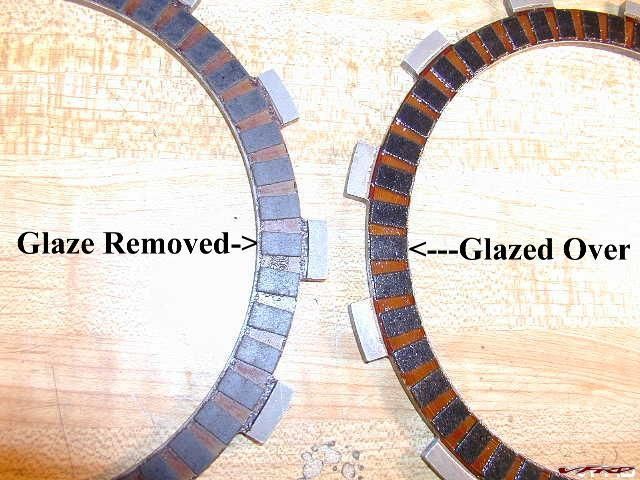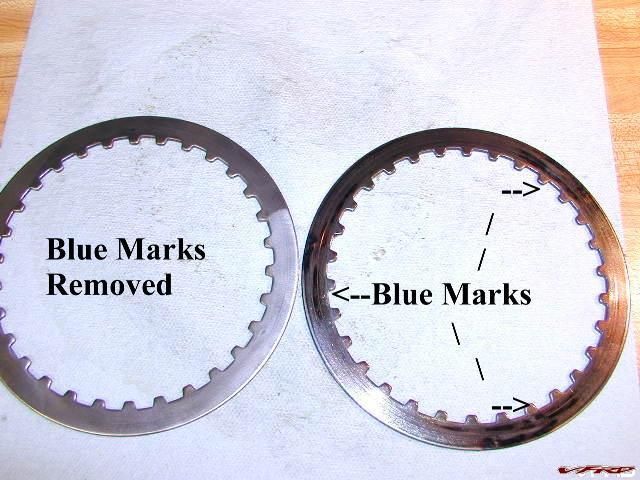RightCoastBias
F8TRED
Put new clutch plates in my F800 GS this weekend and I'm having an issue.
When in first gear, on the center stand, if I pull the clutch lever all the way to the bar, my rear wheel spins. I've never had this issue before, and testing my coworker's F800 GS, it does not do this. On a level surface, with the clutch lever pulled in, the bike does not move forward.
I've adjusted the clutch perch and slave properly insofar as I know how to do it. Leaving a bit of slack on both ends. I've got no issues with the clutch slipping or anything of the like.
My guess as to what is causing the problem is as follows, and I'm checking to see if it makes sense, or if I need to go back to the adjustments or something else all together.
When torquing the bolt/clutch springs I, unfortunately, didn't have a torque wrench that read down to 10nm (I've got one coming today). My thought is that I over torqued the springs and the clutch pack cannot fully disengage, thus causing the wheel to spin when the lever is pulled to the bar.
Regardless if this is the issue or not, I'll be taking off the case and properly setting the torque on those clutch springs/bolts.
When in first gear, on the center stand, if I pull the clutch lever all the way to the bar, my rear wheel spins. I've never had this issue before, and testing my coworker's F800 GS, it does not do this. On a level surface, with the clutch lever pulled in, the bike does not move forward.
I've adjusted the clutch perch and slave properly insofar as I know how to do it. Leaving a bit of slack on both ends. I've got no issues with the clutch slipping or anything of the like.
My guess as to what is causing the problem is as follows, and I'm checking to see if it makes sense, or if I need to go back to the adjustments or something else all together.
When torquing the bolt/clutch springs I, unfortunately, didn't have a torque wrench that read down to 10nm (I've got one coming today). My thought is that I over torqued the springs and the clutch pack cannot fully disengage, thus causing the wheel to spin when the lever is pulled to the bar.
Regardless if this is the issue or not, I'll be taking off the case and properly setting the torque on those clutch springs/bolts.



